Cartilage Piercings: Types, Healing, Aftercare, And Jewelry
Discover easy, quick, and innovative ways to style this edgy ear piercing.
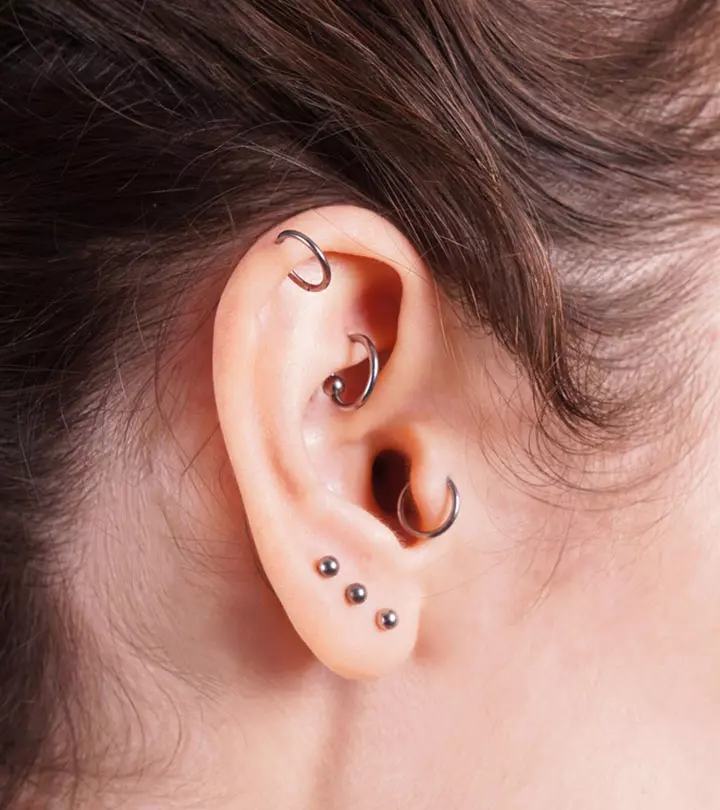
Image: Shutterstock
Cartilage piercings have become a popular form of self-expression today due to their aesthetic appeal. A step up from the conventional lobe piercing, a cartilage piercing involves puncturing the flexible tissue covering the ear. Its unique placement and versatile nature make it a beautiful outlet for expressing oneself. So, if you are curious to learn more about cartilage piercing, you have come to the right place. In this article, we are going to learn about the different types of cartilage piercing, the healing time, some aftercare tips, and more. So, scroll down to learn everything about this fascinating form of body modification.

 Piercing Guide: Cartilage Piercing
Piercing Guide: Cartilage Piercing- Placement: Anywhere on the ear cartilage
- Best Jewelry: Captive bead rings, studs, hoops, cuffs, chains, or barbells
- Cost: $40 to $100
- Pain Level: High
- Healing Time: 6 to 12 months
In This Article
Types Of Cartilage Piercings

Cartilage piercing is a broader term involving any piercing through the ear’s cartilage. Here are some popular types of cartilage ear piercings that you should know about:
- Double Cartilage Piercing – This typically involves two adjacent piercings in the cartilage to create a symmetrical look.
- Helix Piercing – This involves piercing the outer edge of the ear’s cartilage. It offers a popular and versatile style for jewelry placement.
- Tragus Piercing – This involves piercing the cartilage in front of the ear canal. This piercing enhances the small, often overlooked area for a distinctive look.
- Industrial Piercing – This requires typically joining holes on the anti-helix (inner, upper ear) and helix (outer ear), with an industrial barbell, creating a bold and dramatic look.
- Forward Helix Piercing – This involves piercing the small outer rim of the cartilage at the top front of your ear, creating an edgy and unique look.
- Conch Piercing – This requires piercing the inner, cup-like part of the ear, creating a bold and Insta-worthy look.
Christin Kim, a YouTuber, shared her experience of getting her conch piercing. She said, “It was the most painful piercing I’ve ever got. That I would rate it a 5/5. I really thought I was going to cry (i).”
 Did You Know?
Did You Know?Cartilage piercings are cool and edgy. But are they very painful? Find out in the next section.
Key Takeaways
- Cartilage piercing involves puncturing the flexible tissue that covers the ear.
- They may take longer to heal as compared to lobe piercing due to the limited blood supply in the cartilage, which may take anywhere between 6 to 12 months.
- Use materials such as surgical steel, titanium, and 14k gold to reduce the risk of an infection or allergic reaction.
- You can opt for jewelry styles, such as studs, hoops, cuffs, and barbells to create unique and trendy looks.
Do Cartilage Piercings Hurt?
Many describe the initial piercing as a quick pinch that is typically mild and momentary. However, it is important to remember that pain levels vary from person to person. For instance, people often rate conch and rook piercings somewhere between 8 to 9 as compared to helix piercings, which are rated between 4 to 5 on the pain scale.
Here is a quick rundown of the pain level of common ear piercings:
- Standard Lobe Piercing: 3/10
- Transverse Lobe Piercing: 4/10
- Helix Piercing: 4-5/10
- Tragus Piercing: 4/10
- Industrial Piercing: 7/10
- Forward Helix Piercing: 5-6/10
- Conch Piercing: 6/10
- Rook Piercing: 8-9/10
So ensure you take your individual pain tolerance into consideration before getting a cartilage piercing done. Once you decide on the location, consult your piercer for tips on how to prepare yourself before your piercing appointment to ensure a smooth and enjoyable experience. Scroll down to know more.
What To Do Before Getting A Cartilage Piercing
Preparing for a cartilage piercing will help ensure a smooth and satisfactory experience. Here are a few tips to follow before walking into the piercing studio:
- Thoroughly research multiple piercing studios. Go through their online reviews and visit the studios to ensure they have a strong commitment to hygiene and customer satisfaction.
- Discuss your concerns, questions, and preferences with the piercer to establish clear communication and a thorough understanding of the piercing process.
- Clean your ears thoroughly before the piercing appointment.
- Tie your hair up and away from your ears to provide easy access to the piercing area during the procedure.
- Avoid painkillers and alcohol 24 hours before the piercing appointment to reduce the risk of bleeding (1), (2).
- Eat a well-balanced meal 2 to 3 hours before the piercing to avoid feeling nauseous or dizzy during the piercing.
- Familiarize yourself with the piercer’s aftercare instructions to ensure you are well-prepared for proper care during the healing process.
Following the tips mentioned above will ensure a smooth and safe piercing experience. But once the cartilage piercing is done, how long does it take to heal? Find out below.
How Long Does A Cartilage Piercing Take To Heal?
Unlike soft-tissue piercings, cartilage piercings take a longer time to heal. This may range anywhere between 6 to 12 months. The slow healing process may be due to limited blood supply in the cartilage, making it more challenging for the body to fend off infections and facilitate a prompt recovery.
It is normal to experience some discomfort, swelling, redness, and a clear discharge during the healing stage. However, if you experience severe pain, yellow-green discharge, or a foul odor, consult your doctor immediately as it may be a sign of infection.
As one progresses through the stages of cartilage piercing healing, patience and diligent aftercare become essential in ensuring a safe and speedy recovery. Scroll down to the next section for some important aftercare tips.
Aftercare Tips For Cartilage Piercings
Caring properly for your brand-new cartilage piercing is key to a hassle-free healing process. Given below are some essential aftercare practices for optimal healing:
- Avoid removing your jewelry till the healing is complete.
- Clean the piercing twice daily with a saline solution or the ear-cleaning product provided by your piercer.
- Refrain from touching the piercing with unwashed hands to prevent introducing bacteria.
- Be gentle while combing or brushing hair to prevent accidental pulling or snagging.
- Steer clear of swimming in pools, hot tubs, or natural bodies of water until the piercing is fully healed to prevent contamination.
- Avoid beanies, headphones, or other accessories to prevent unnecessary friction and pressure on the piercing.
- Avoid sleeping on your pierced ear in the initial weeks when it is still healing.
 Pro Tip
Pro TipCleaning your piercing properly is the most crucial stage in the aftercare process as it helps decrease the risk of infection and other health complications. Scroll down to know how to clean a cartilage piercing like a pro.
How To Clean A Cartilage Piercing
Here is how you can clean a cartilage piercing:
- Wash hands thoroughly with antibacterial soap before touching the piercing.
- Spray some sterile saline solution or fragrance-free antimicrobial soap on a cotton swab or pad
- Gently wipe the front and back of the piercing. Remove any excess discharge or crust on the piercing.
- Once done, gently dab the area with a clean, disposable paper towel or tissue.
Following these aftercare methods and cleaning techniques is crucial for successful healing. However, if not done correctly, a cartilage piercing may increase the risk of potential complications. Find out more below.
Impact Of Cartilage Piercings On Your Health

It is important to remember that all piercings are essentially wounds and require proper attention and care to prevent developing the following risks and potential complications:
- Infection
Poor aftercare practices, touching the piercing frequently, or using contaminated jewelry may increase the risk of developing an infection. Plus, the limited blood supply to the cartilage makes them more vulnerable to infections. If you experience the signs of infection such as increased redness, severe pain, and yellow or green pus, seek professional advice promptly.
- Bumps On The Pierced Area
Some individuals may develop cartilage-piercing bumps after getting a cartilage piercing. These develop when the immune system responds to the wound and initiates the healing response. They look like raised bumps that are tender and itchy and may contain pus or fluid.
- Keloids And Hypertrophic Scars
Some individuals may be at an increased risk of developing keloids or thick, raised scar tissue around the piercing. This may develop due to the trauma the ear experiences during piercing. While keloids are generally not harmful, some individuals may find them aesthetically displeasing. If they bother you, consult a medical professional for the appropriate treatment.
- Piercing Rejection
This happens when the body perceives the jewelry as a foreign object and pushes it out of the piercing. You can opt for high-quality, hypoallergenic jewelry to reduce the likelihood of rejection.
- Cartilage Damage
Excessive trauma or incorrect piercing techniques can damage the cartilage, which may lead to tears and cartilage deformities. Choosing a skilled and experienced piercer, avoiding excessive movement or trauma, and opting for professional studios with high hygiene standards can prevent cartilage damage.
Understanding the process and the risks associated with cartilage piercing is essential to help you make an informed decision. But before you do so, check out the next section to see how much it will cost you.
How Much Does A Cartilage Piercing Cost?
The cost of an ear cartilage piercing depends on factors such as the type of piercing, the chosen jewelry, the piercer’s skills and experience, and the studio’s location. A simple cartilage piercing can range anywhere between $40 and $100. Specific types of cartilage piercings such as industrial or rook piercings may push the cost beyond the $100 mark. Additionally, opting for a high-end studio with premium jewelry can make it an expensive affair.
While it might be tempting to choose a more affordable option, it’s important to consider the expertise of the piercer and the quality of the service. Professional piercers found in licensed studios may charge more but their skill and adherence to safety standards are paramount for a successful and safe piercing experience. Getting pierced at a mall may save some money initially, but it is not worth the potential long-term health consequences.
Knowing about the gauge is as important as the cost of the piercing. Scroll down to find out the perfect size for that stylish cartilage jewelry.
What Is The Gauge Size Of A Cartilage Piercing?
The gauge size of a cartilage piercing refers to the thickness of the jewelry that is inserted through the piercing. Cartilage piercings typically use a higher gauge, which means a thinner piece of jewelry compared to piercings in softer areas like the earlobe. The recommended size for the initial jewelry is 16 gauge as it is large enough to accommodate the natural healing process while small enough to minimize the risk of damaging the delicate cartilage tissue. You may switch to smaller gauges once the cartilage piercing heals. Check with your piercer about any potential changes in jewelry size.
Cartilage piercings are so versatile that they can be styled as per the occasion or even your mood. Check out the next section for some jewelry styles and materials to look out for when buying your earrings.
Cartilage Piercing Jewelry: Styles And Materials
The choice of material for cartilage jewelry is crucial for both comfort and safety. These are the following materials considered safe for cartilage piercings:
- Surgical Steel – A common and popular choice for cartilage jewelry as it is strong, durable, and affordable.
- Titanium – A lightweight and hypoallergenic material, making it an excellent option for individuals with metal allergies or sensitivities.
- Gold – Gold, particularly 14k gold, is a classic and elegant choice as it combines durability with luxury.
You can opt for the high-quality materials mentioned above to help minimize the risk of irritation, infections, or any other complications during the healing process. Now, scroll down for the different jewelry styles you can experiment with.
Type Of Jewelry Used For Cartilage Piercings
Here are some popular cartilage piercing jewelry styles you can add to your ear jewelry collection:
- Studs – They are a classic and versatile piece of jewelry that one can wear to work or a night out with friends.
- Hoop Earrings – They are circular rings with removable beads or clickers that are perfect for creating eye-catching looks for casual outings.
- Cuffs – They are small, thick rings wrapped around the outer ear to create stylish, edgy looks.
- Barbells – They are small, thin metal rods with a ball, gemstone, or bead at each end that help create a modern aesthetic.
- Ear Chains – Single or multiple chains with unique charms that can help create a unique and trendy look. But do note that these are not recommended initially and are better worn only after your piercing is fully healed.
Cartilage piercing is a unique and stylish way to express oneself, setting it apart from traditional ear lobe piercings. There are several types of cartilage piercings and jewelry styles you can choose from to personalize your look. While it comes with a host of potential risks such as infection and keloids, it can be a worthwhile endeavor if you follow the aftercare routine diligently. Ensure you talk to an experienced piercer and understand the process, benefits, and risks involved to ensure you have a positive and satisfying cartilage piercing experience.
Frequently Asked Questions
Where can I find jewelry for my cartilage piercing?
You can find cartilage piercing jewelry at professional piercing studios, online retailers specializing in body jewelry, or reputable jewelry stores after your piercing has healed. Make sure you do your research, talk to your piercer, and choose jewelry suitable to you. Also, note that the initial jewelry for a fresh piercing must be purchased at the licensed piercer who can guarantee the suitability and sterility of your piercing jewelry.
How to measure my cartilage piercing?
You can use a caliper or a ruler with a piece of paper to measure your cartilage piercing. Measure from the piercing hole to the edge of your ear to determine the smallest inner diameter for your jewelry. The measurement you get will be the smallest inner diameter that you can wear.
Cartilage piercing is a trendy form of body modification that allows one to express themselves through various styles and jewelry choices. Watch this informative video for insights and expert tips to ensure a smooth, hassle-free experience.
Personal Experience: Source
StyleCraze's articles are interwoven with authentic personal narratives that provide depth and resonance to our content. Below are the sources of the personal accounts referenced in this article.
(i) Conch, Rook, & Helix Piercing Experience! 3 in 1 Day!!https://www.youtube.com/watch?v=6WVeK07Vzf8
References
Articles on StyleCraze are backed by verified information from peer-reviewed and academic research papers, reputed organizations, research institutions, and medical associations to ensure accuracy and relevance. Read our editorial policy to learn more.
- Long Term Use of Aspirin and the Risk of Gastrointestinal Bleeding
https://www.ncbi.nlm.nih.gov/pmc/articles/PMC3086018/ - A Prospective Study of Alcohol Consumption and Smoking and the Risk of Major Gastrointestinal Bleeding in Men
https://www.ncbi.nlm.nih.gov/pmc/articles/PMC5100927/
Read full bio of Eve Phillips
Read full bio of Manjari Uppal
Read full bio of Eshna Das
Read full bio of Aparna Harry







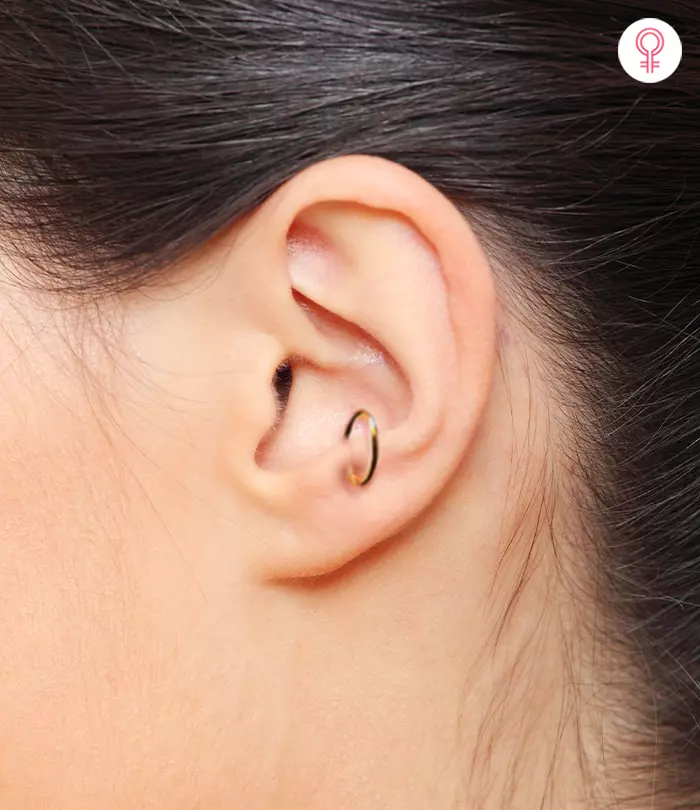
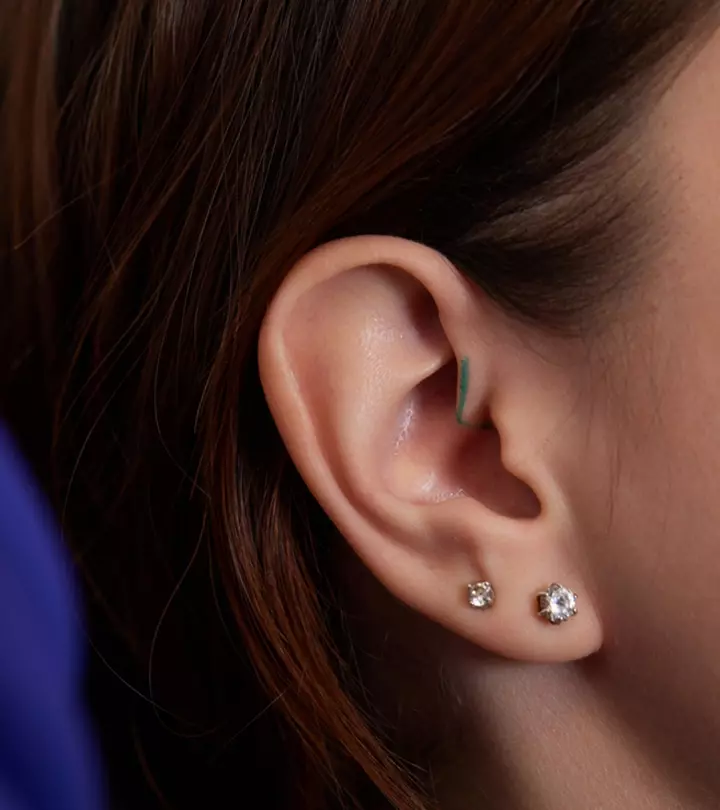




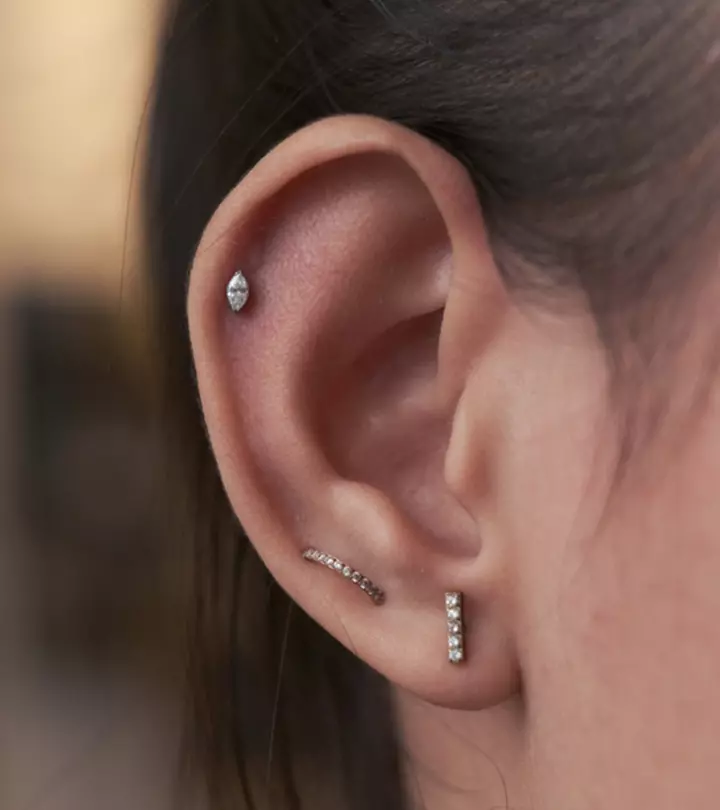
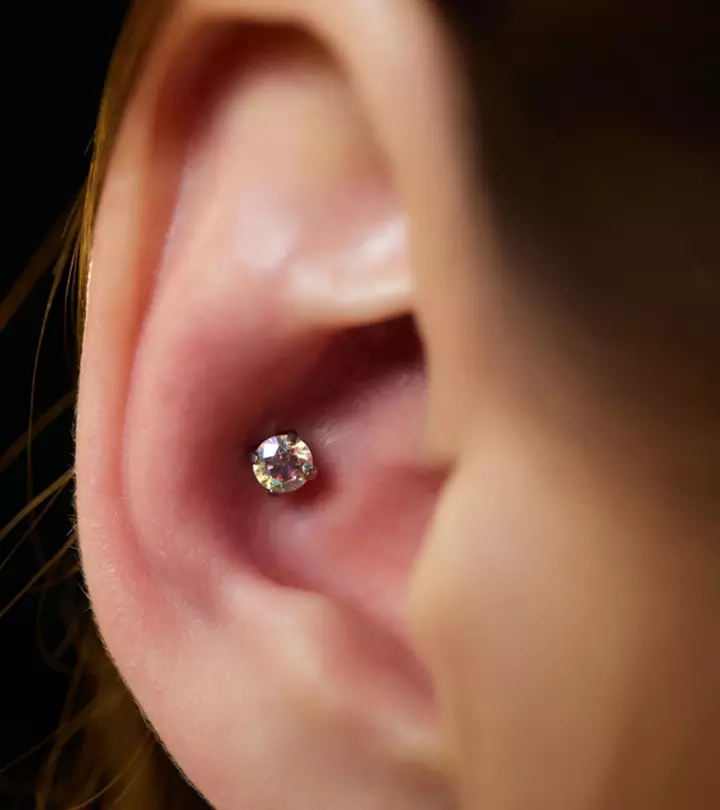


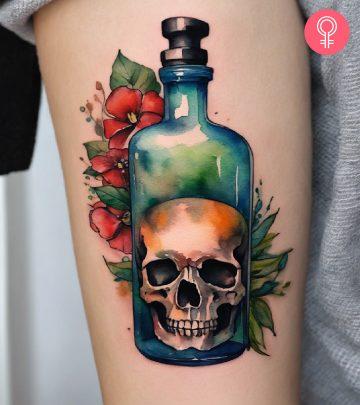

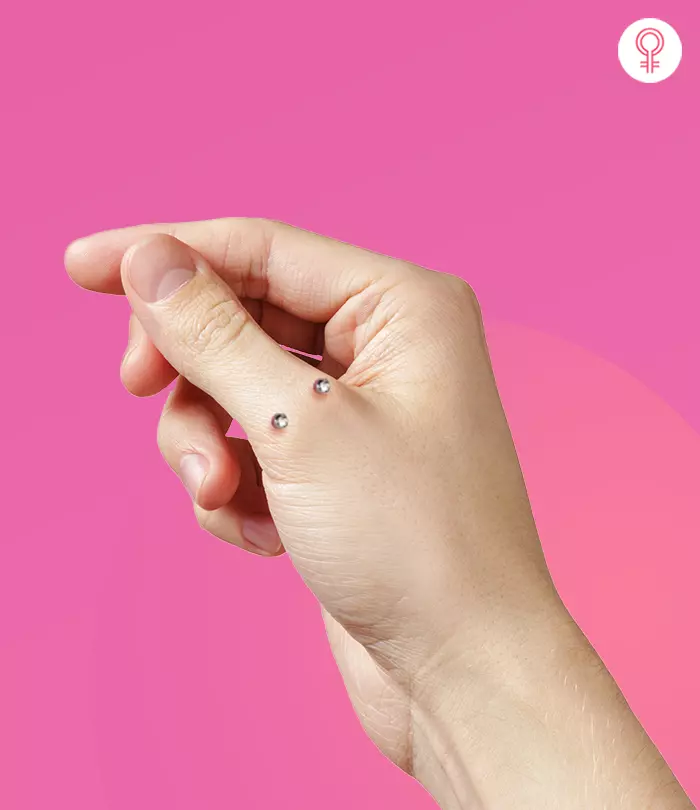
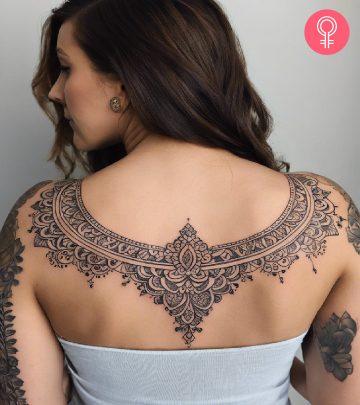
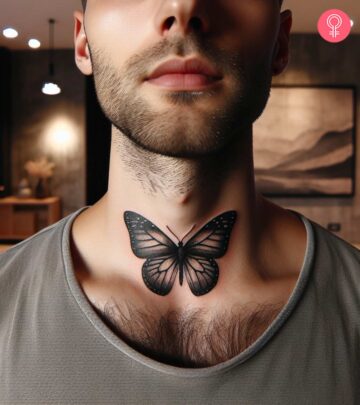

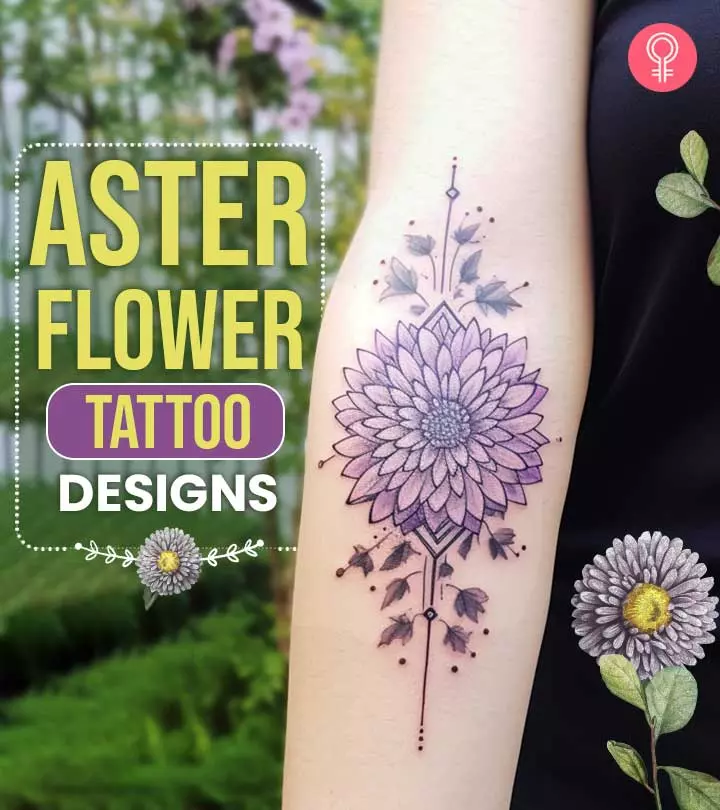


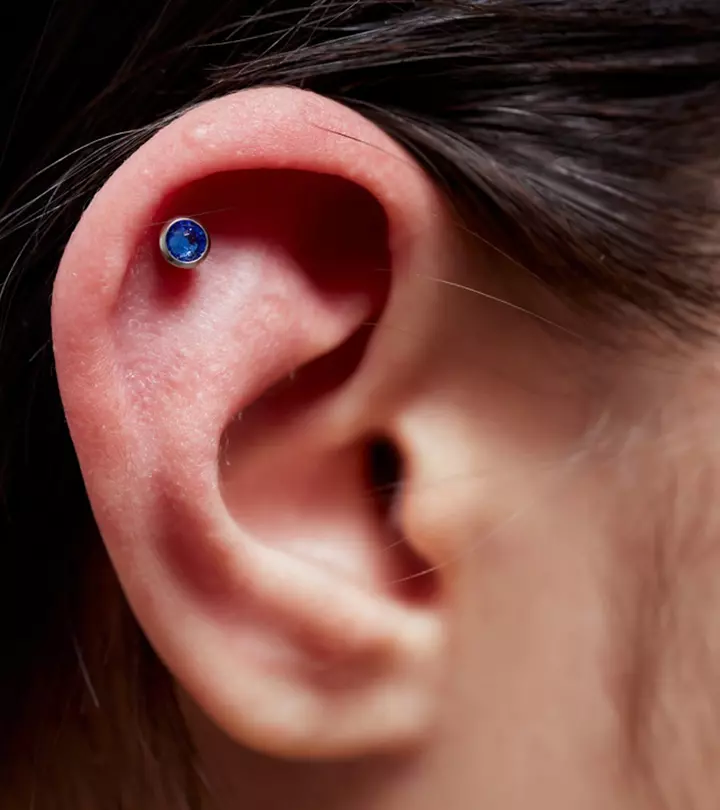
Community Experiences
Join the conversation and become a part of our empowering community! Share your stories, experiences, and insights to connect with other beauty, lifestyle, and health enthusiasts.